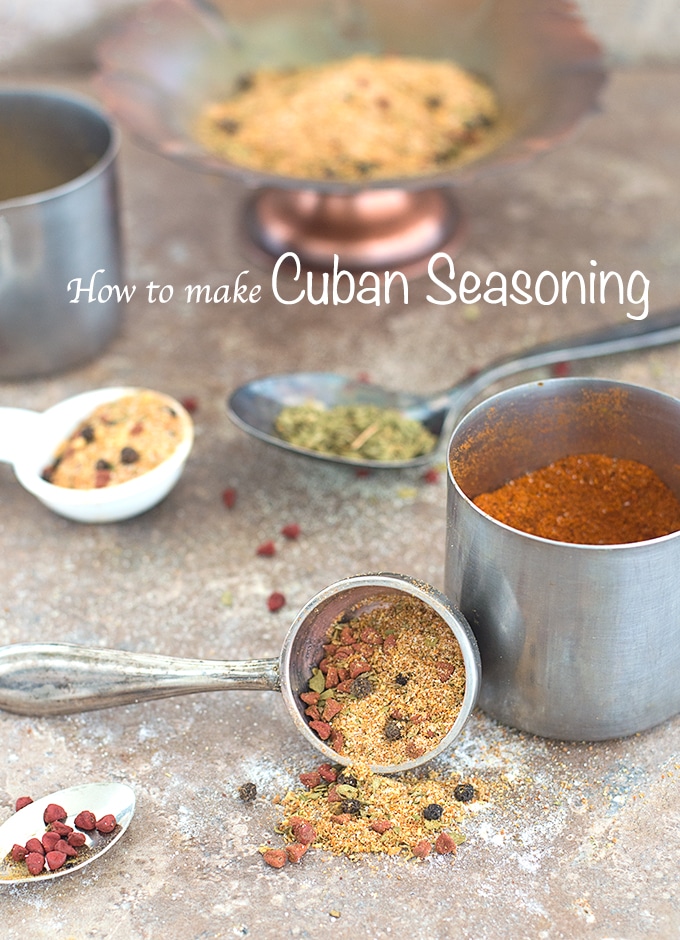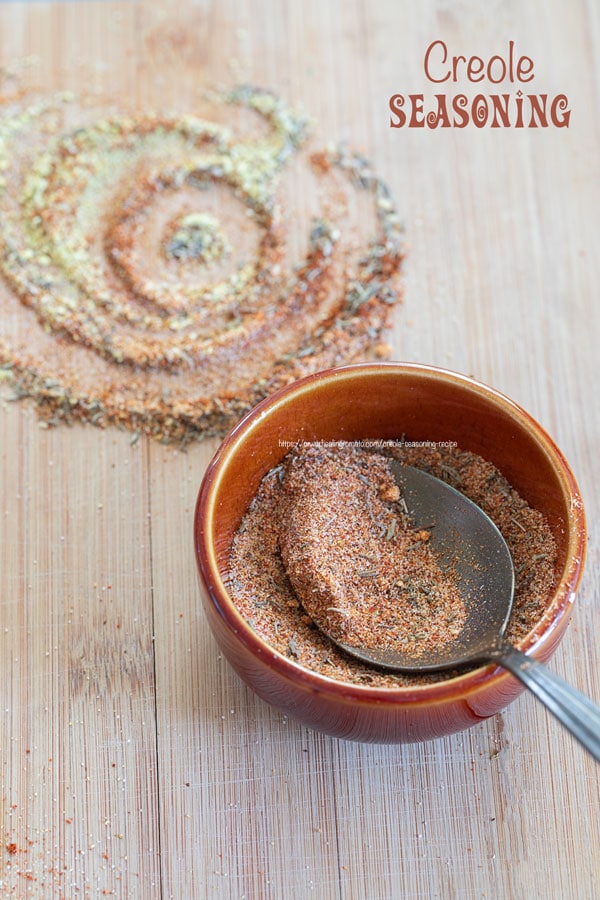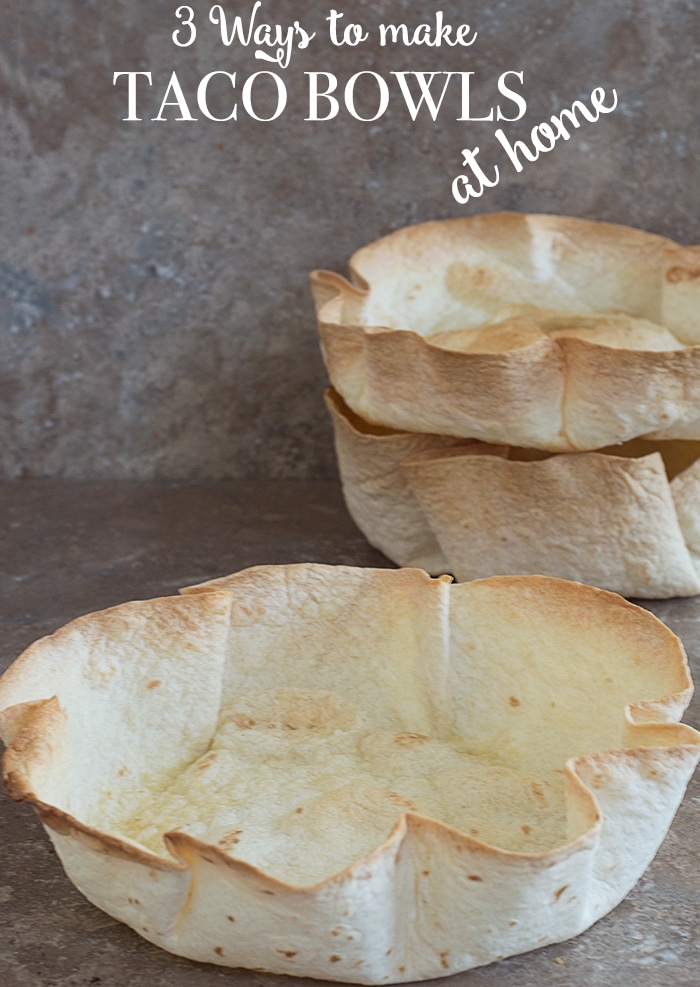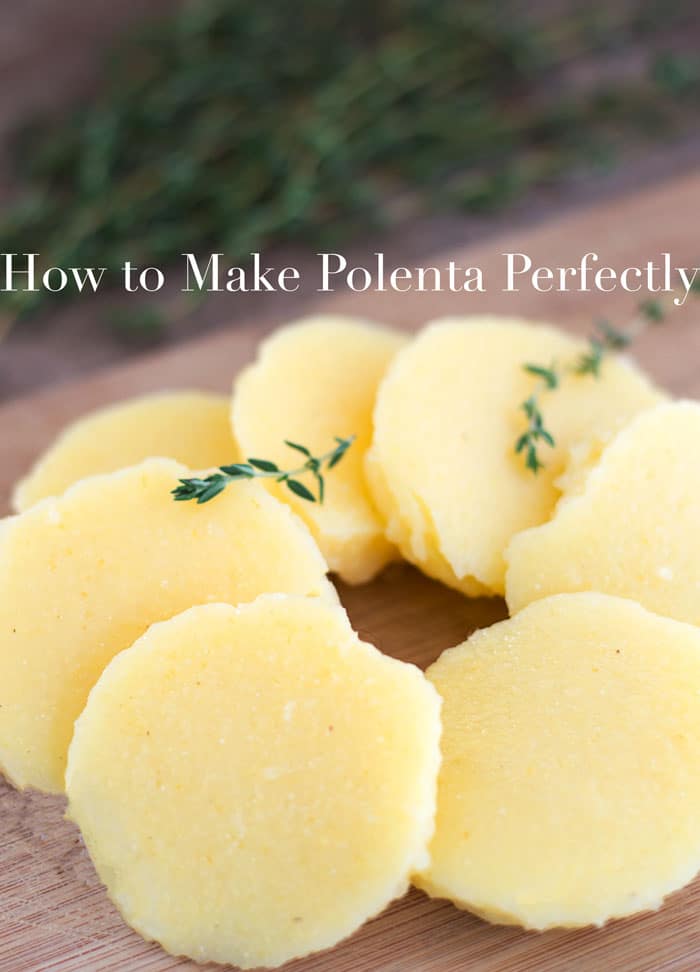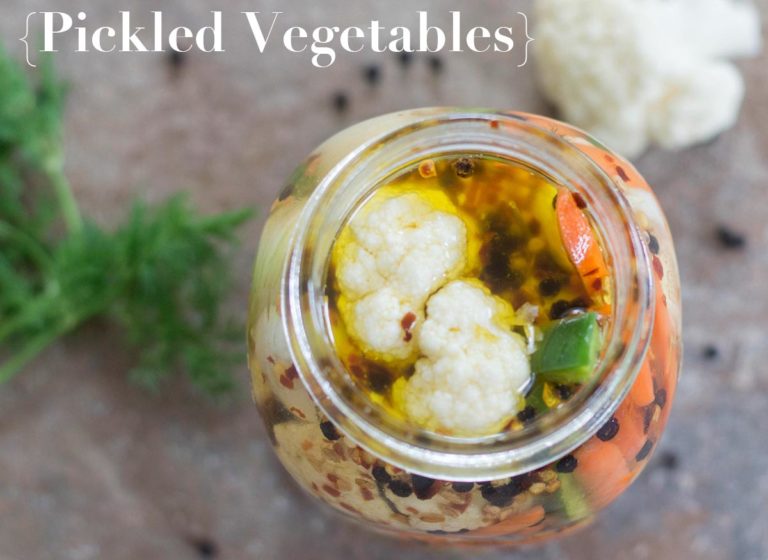Lemon balm is an herb that is so overlooked in cooking. It’s an herb with a strong taste that brings unique flavors to any recipe.
Today, I want to introduce you to one of my newly discovered herbs.
The MIGHTY LEMON BALM!
Are you familiar with this delightful herb? How do you grow it?
I have enjoyed growing it in my yard and would love to share my love of it with all of you.
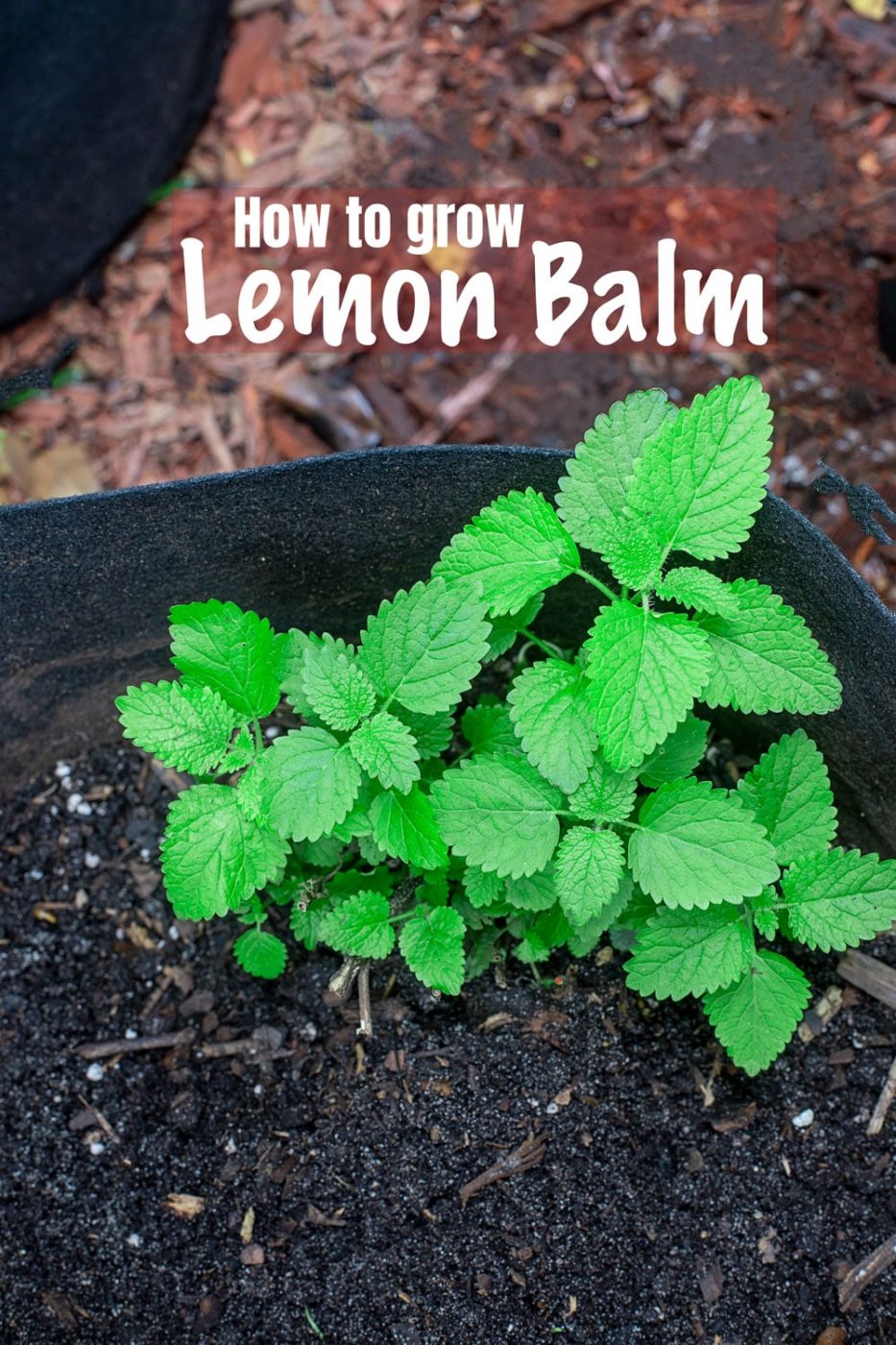
What is lemon balm?
Lemon balm is a very aromatic and ambrosian herb. It’s part of the mint family and originally from Europe and Mediterranean basin.
It’s fragrant herb that grows from snow melt to around Christmas time. The deep green, luscious color makes it stand out in any garden.
They grow to about 25inches which makes them easy to put in any area of your garden. I find that they are easy to grow around other herbs and plants so you don’t need to worry about putting them in a specific location.
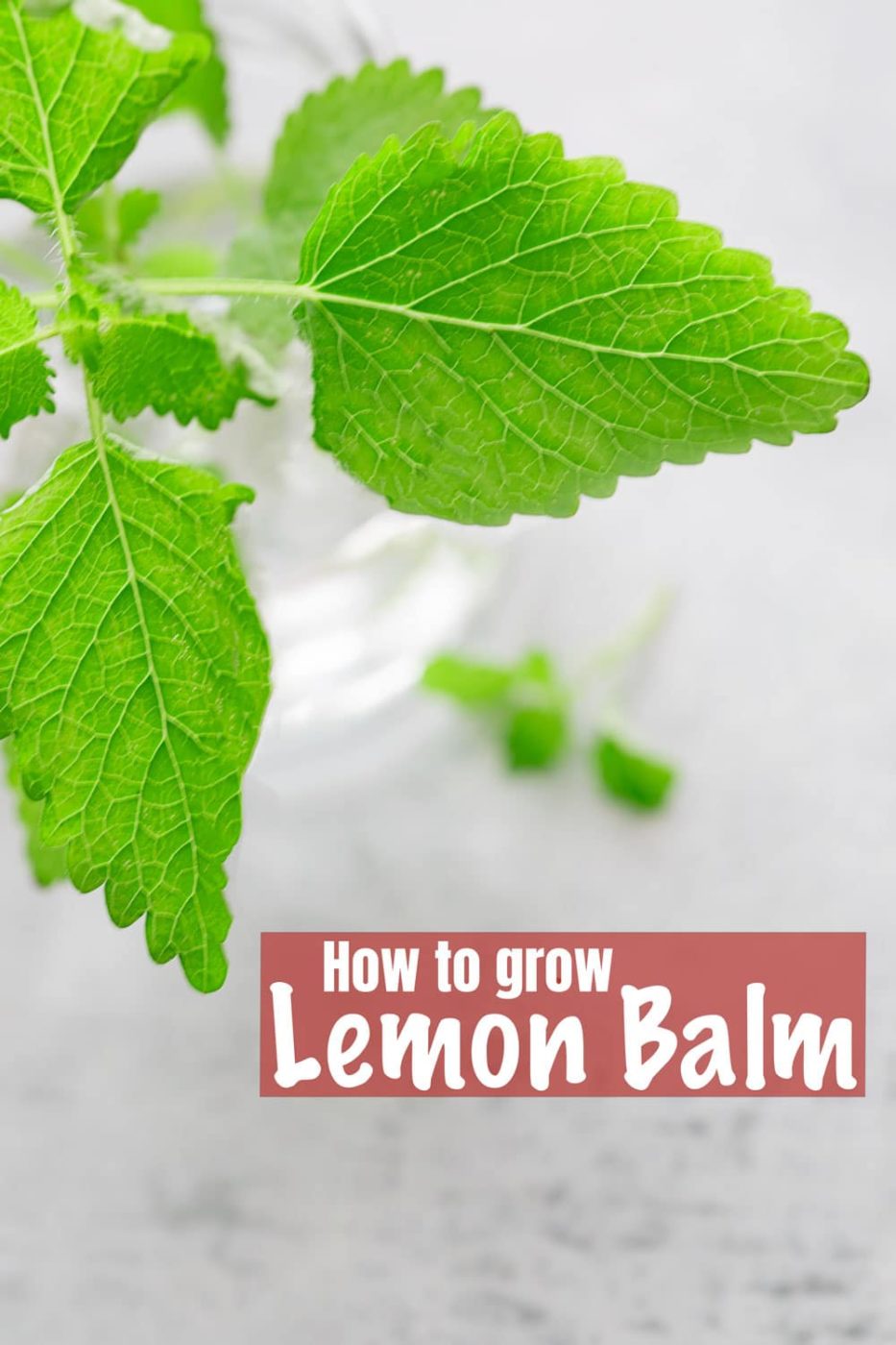
It’s has mostly been used in teas because of its staggering health benefits. Just one cup of lemon balm tea can sooth you from the inside out. Put it into a cinnamon tea and you have the most potently healthy tea.
What’s unique about this herb is that It has a very lemony and pepperminty flavor. It’s an herb whose taste your taste buds will definitely never forget. Chew on the leaves and feel your mood instantly improve.
This herb should be in more cuisine because it will give your recipes a fresh flavor.
How to grow a lemon balm plant
- Lemon Balm is one of the easiest, fuss free herbs to grow. It takes very little effort and needs very little attention.
- Start with (Affiliate Link) organic lemon balm seeds because they grow so well.
- Place potting soil in a grow bag or a small pot. I use Vigoro potting soil mix that I get from Home Depot.
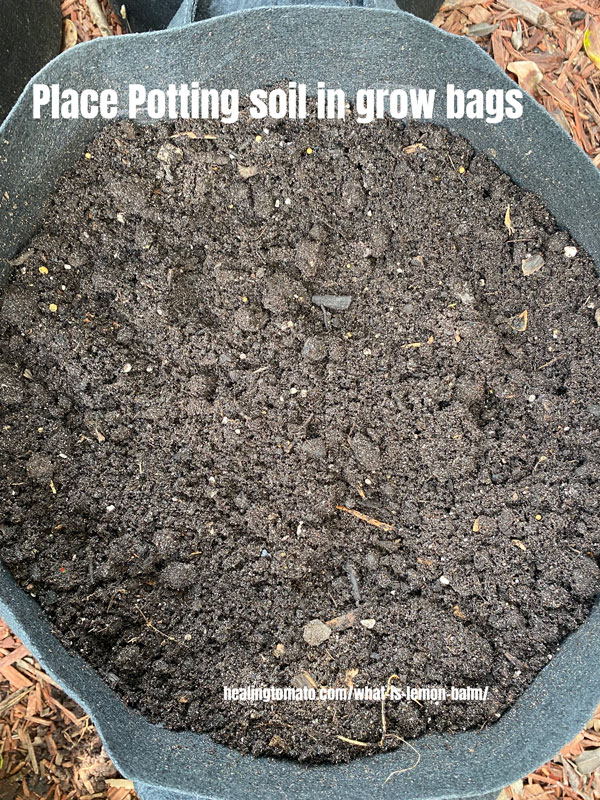
- Make small holes using the back of a wooden spoon in the soil (about an inch deep).
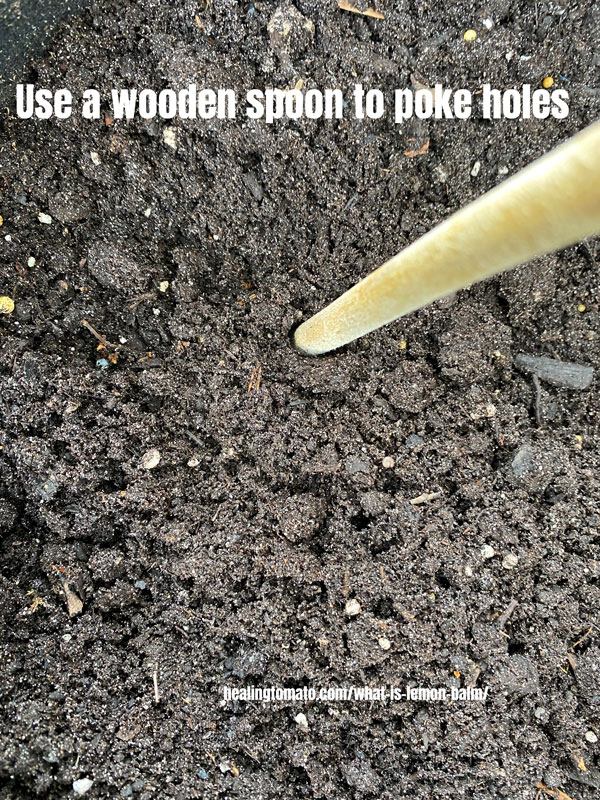
- The number of holes will depend on the size of your grow bag. I normally don’t make more than 4 holes per grow bag.
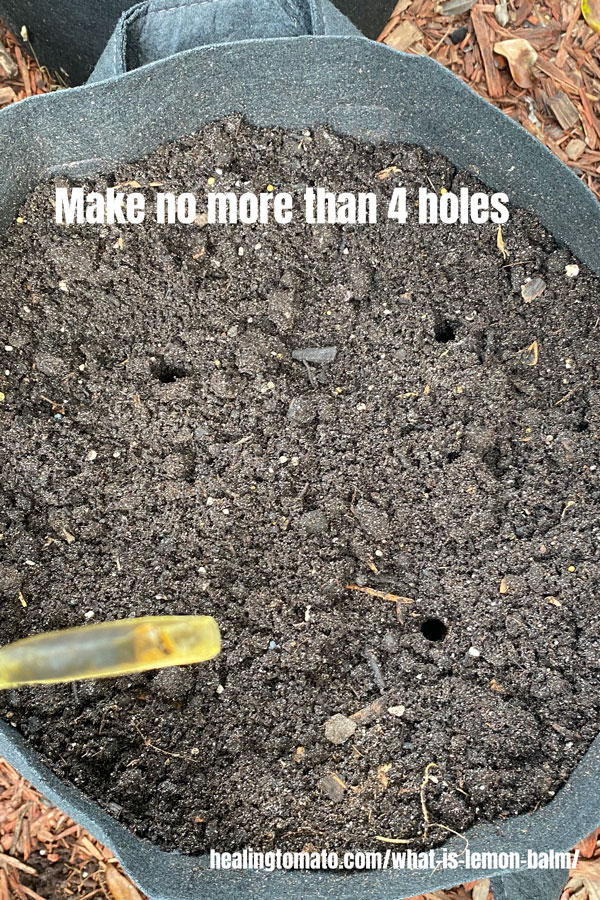
- Place 3 seeds in each hole and cover with potting soil
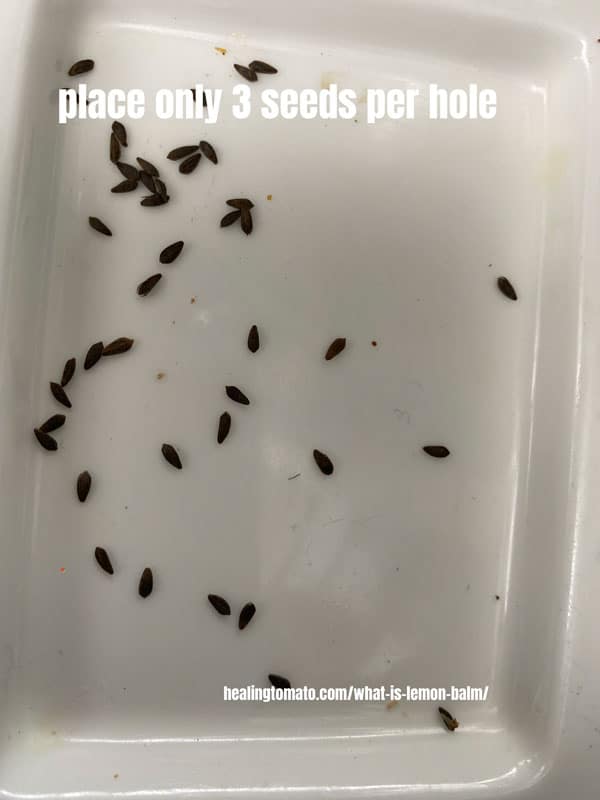
- Cover the hole with potting soil, lightly water the top and place in indirect sunlight. They need 6 to 10 hours of sunlight everyday.
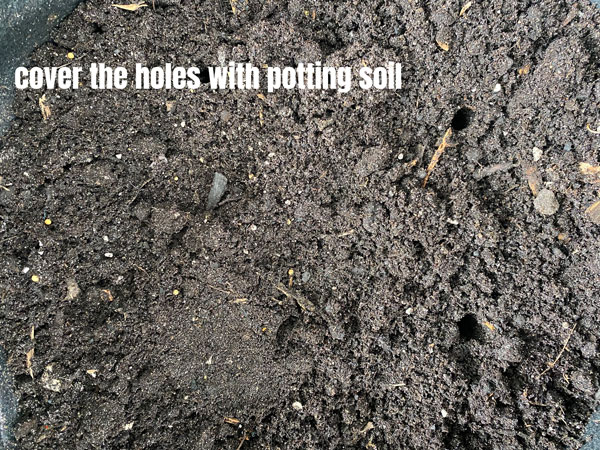
- They should start sprouting within days and they will continue growing on their own.
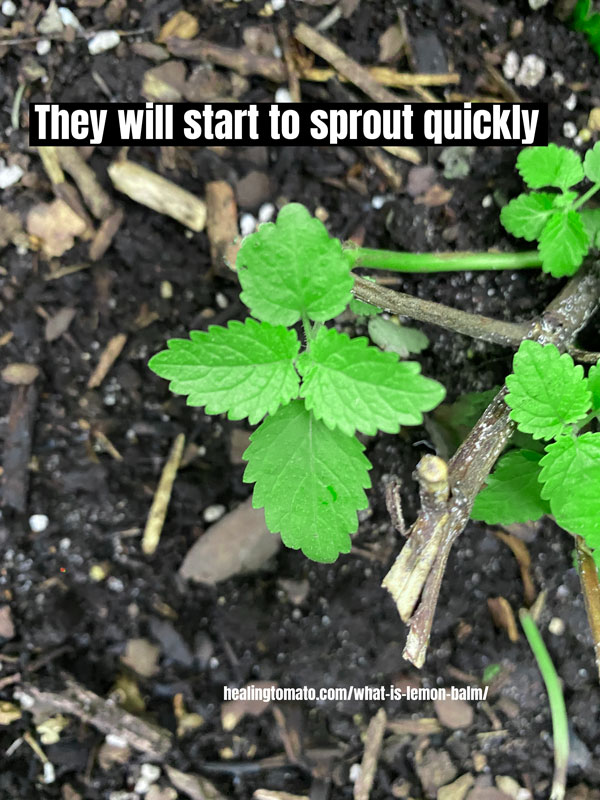
Watering them
- Water them every other day because they don’t need too much hydration.
- They prefer rain water, so, I like to collect rain water in (Affiliate Link) small containers.
- When I am away, I place water in a glass bottle and turn it upside down in the grow bag. This will keep it watered slowly.
Harvesting
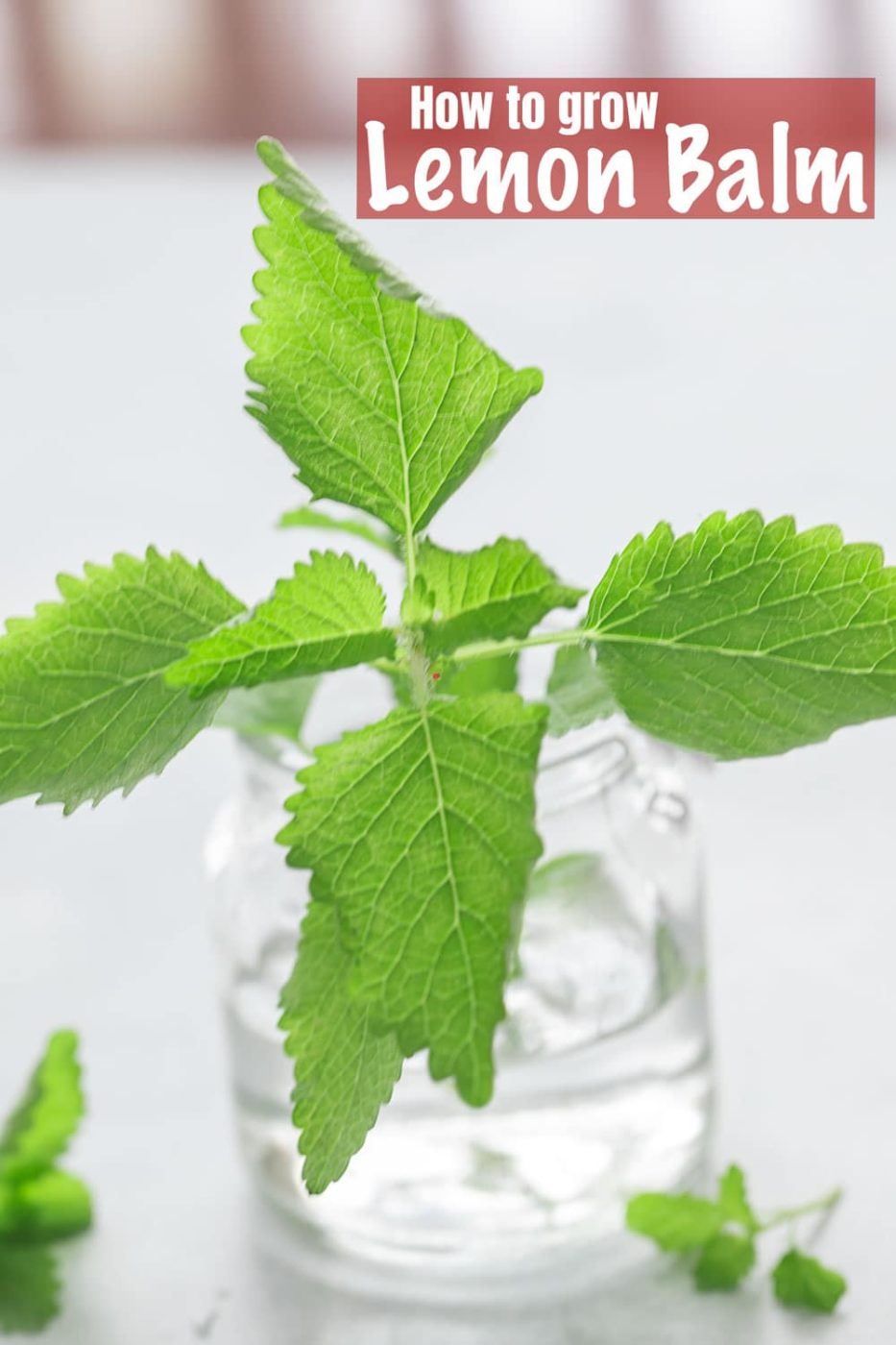
- I like to take to pull the whole plant from the roots and bring it in doors.
- I place it in a glass bottle that’s filled with water.
- Finally, I cover the top of the lemon balm with a bag or a shower cap. Refrigerate it. You can keep them counter top but I think they last longer in the refrigerator.
- You can also just trim the tops and the herb will continue to grow.
It’s health benefits
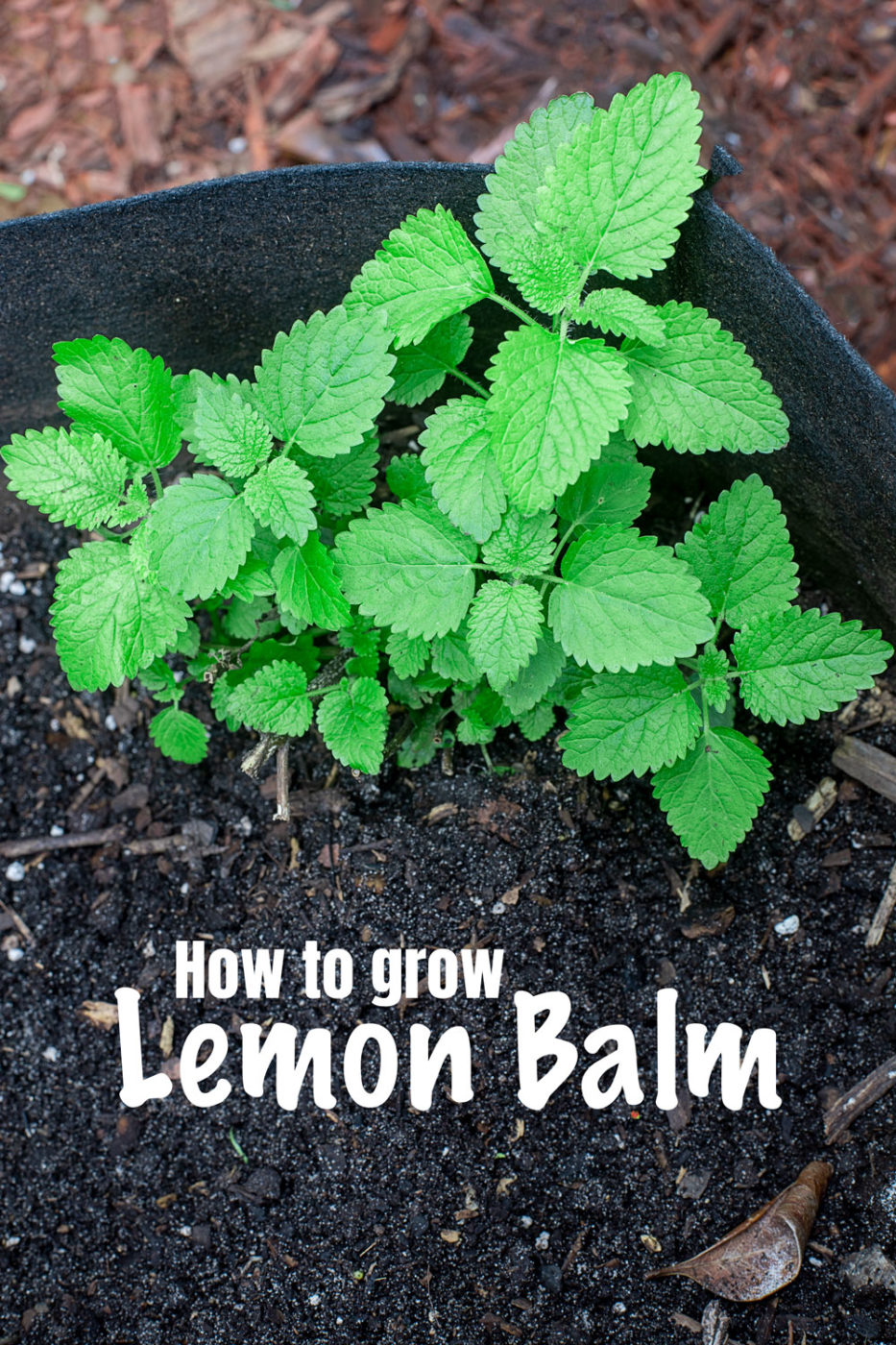
- Improves mood
- Helps fight insomnia
- Good for the digestive system
- Has a cooling effect on your body
- Helps improve the respiratory system
Source: Fruition Seeds, Mount Sinai, Mountain Rose Herbs, Herb Society.
Answering Common Questions
It’s scientific name is Melissa Officinalis.
Yes, you can grow lemon balm in water. It’s very easy to do. They can be grown hydroponically just like basil and mint.
Yes, its a good herb to chew on. It is safe to consume in small doses. If you don’t want to eat them raw. put them in pestos or teas.
Yes, this herb is safe to add to your daily water. It adds a nice peppermint and lemon flavors to your water. It also has a soothing effect on your digestive system and has antioxidant properties.
Yes, they can take over spaces if they are not restricted. What I like to do is to grow it in it’s container. This way, the plant’s growth is controlled. Also, It’s easier to manage it when you grow it in a planter and not in the ground.
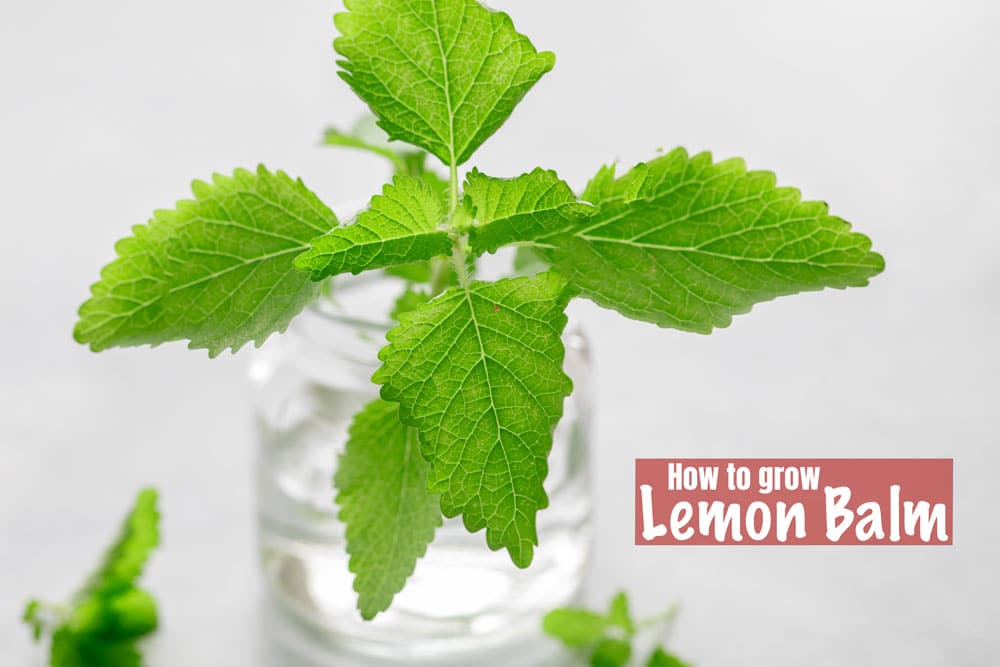
Recipes for lemon balm
- Dry the leaves, add hot water and make a refreshing tea from it
- Make an amazing compound butter infused with this terrific herb.
- Salad dressing or vinaigrette
- Make a pesto
- Put it into a pasta sauce
- Pickle tomatoes
- Flavor soups
- Air Fryer Garlic Bread
- Air Fryer Potato Nibbles
Lemon balm is commonly used in teas. If you are a tea lover, I have a new tea recipe that I love. This bay leaf tea is the perfect way to soothe and calm the digestive system. I have steeped both of them together and separately, it’s perfect everytime.
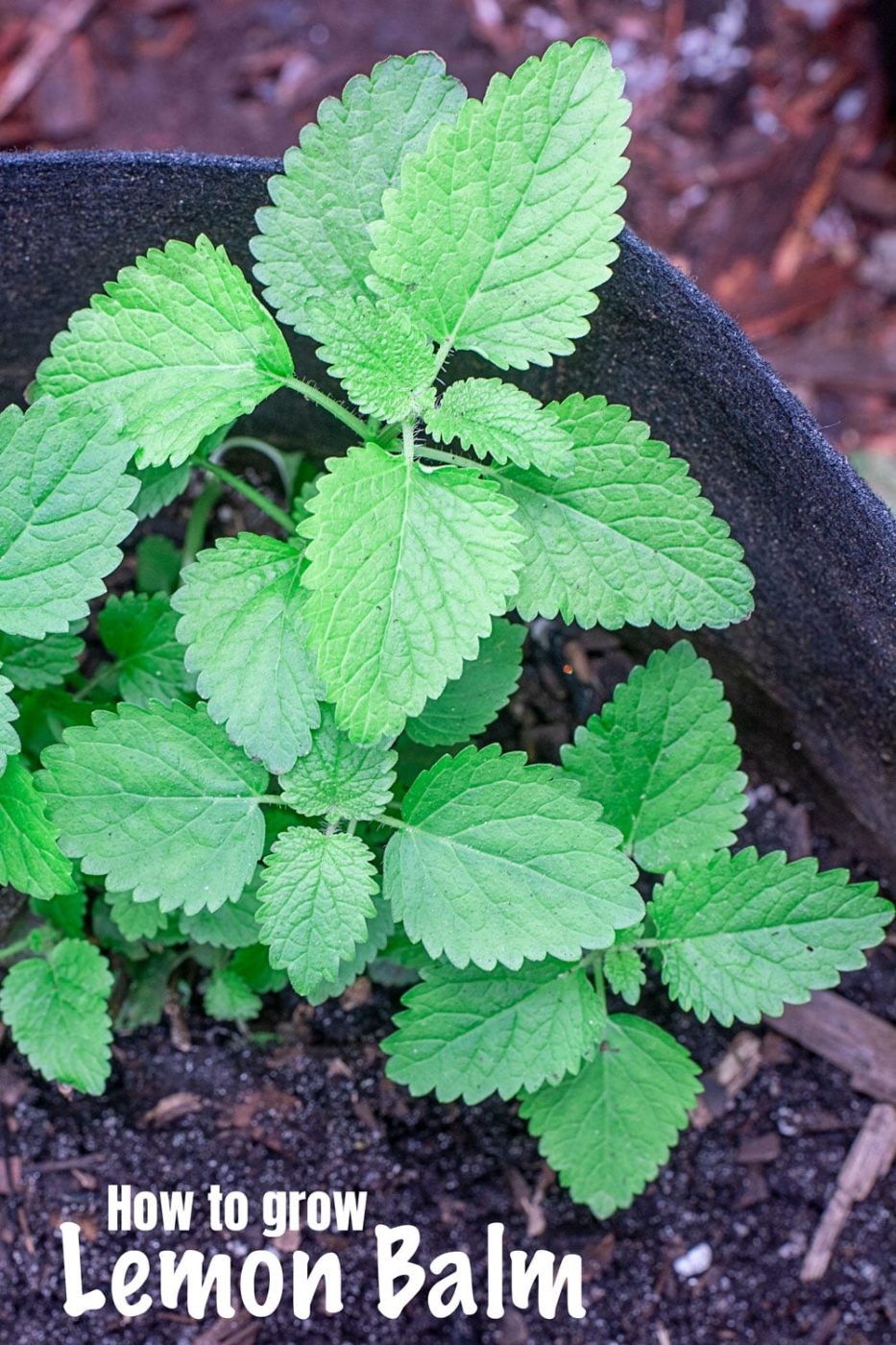
Get to know other ingredients
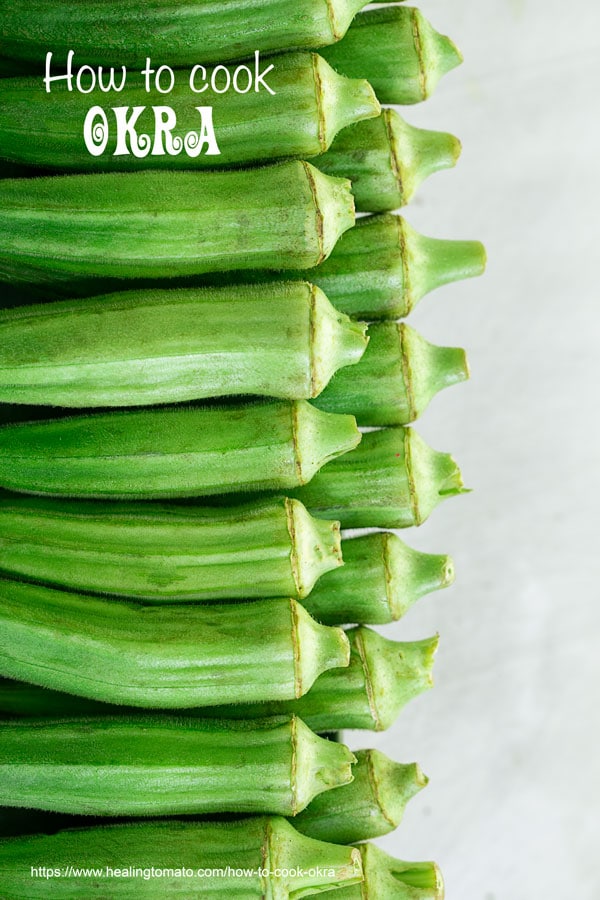
You either hate okra or you love it! If you are in the former camp, then you may not know your okra too well. Get to know it better
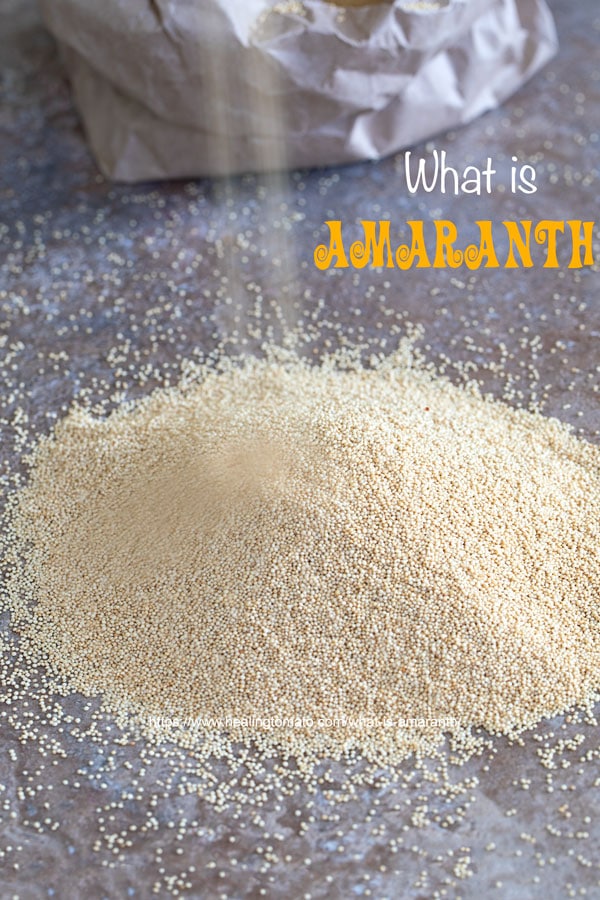
Have you heard of this ancient grain? It’s a powerhouse of grains and can be put into many recipes. Learn all about it here
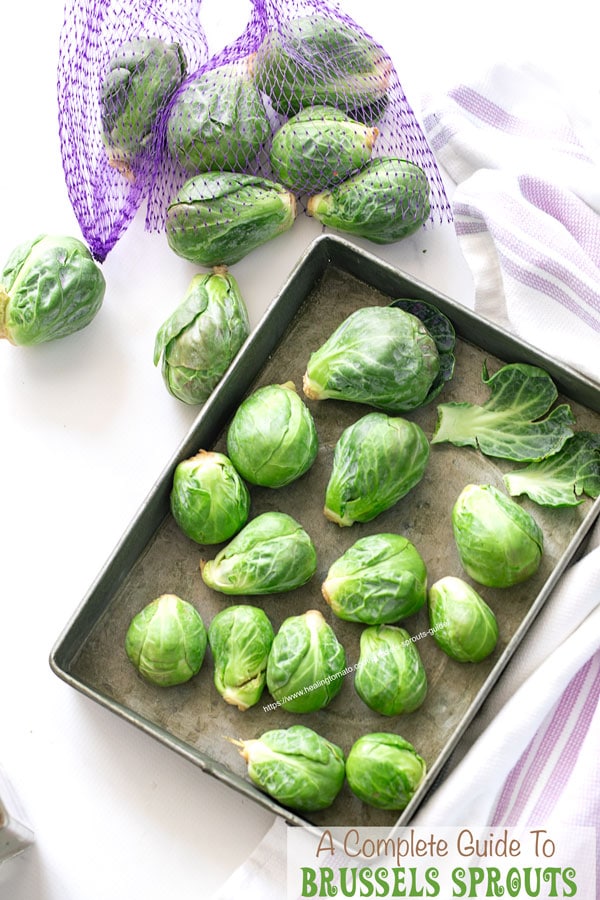
Brussels sprouts are an indomitable cruciferous vegetable that gets a bad rap. I proclaim my love for it in this post and you just might fall in love with it too.
Sharing is caring
Don’t be shy, chime in below in the comments. Let me hear your opinion on this recipe. If you enjoyed this, please give it 5 stars and share it on Facebook, Pinterest, Twitter and Instagram.
⭐️ Want even more Healing Tomato recipes? Sign up for my weekly newsletter ⭐️

